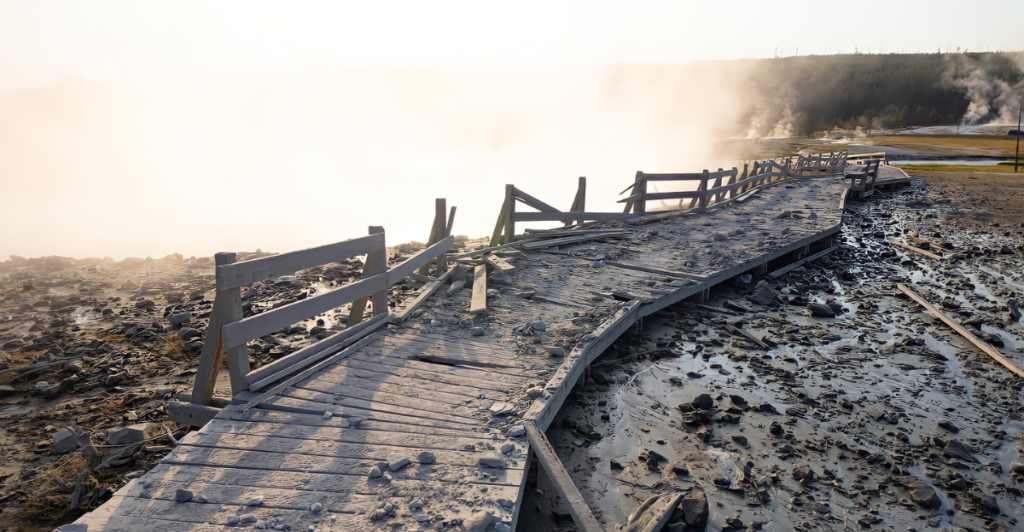
On July 23, 2024, Yellowstone National Park experienced a dramatic hydrothermal explosion in the Biscuit Basin area, located just northwest of Old Faithful. The unexpected event sent steam, rocks, and debris soaring into the air, startling visitors and prompting immediate safety measures.
This incident underscores the dynamic nature of Yellowstone’s geothermal features. While no injuries were reported, the explosion caused significant damage to park infrastructure and led to the temporary closure of affected areas.
Understanding the causes and implications of such events is crucial for both park management and visitors. This article delves into the details of the explosion, its aftermath, and the broader context of hydrothermal activity in Yellowstone.
The Explosion: What Happened at Biscuit Basin
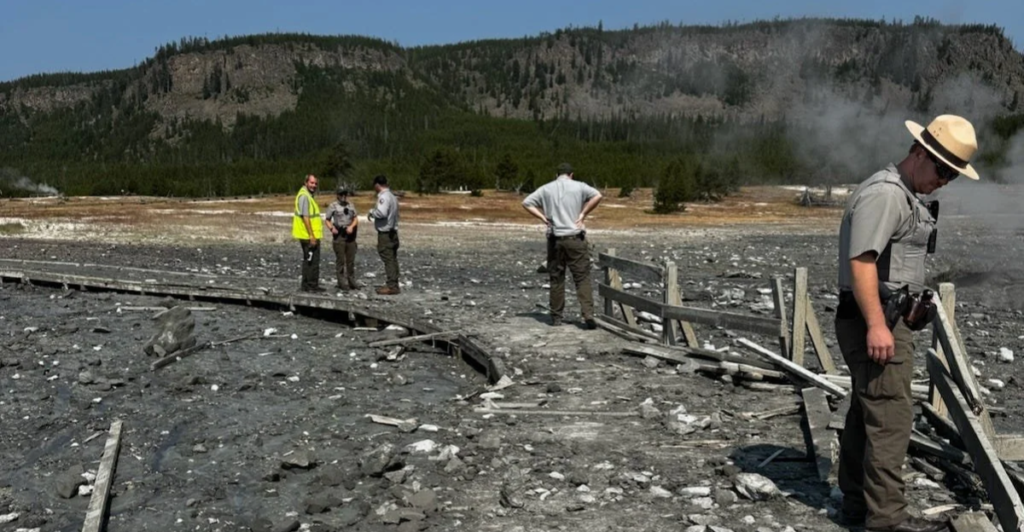
At approximately 10:19 a.m. on July 23, 2024, a hydrothermal explosion occurred near the Black Diamond Pool in Biscuit Basin. Witnesses described a sudden eruption that propelled steam, mud, and rocks hundreds of feet into the air. The force of the explosion damaged nearby boardwalks and scattered debris across the area.
Videos shared on social media captured the moment, showing visitors fleeing as the eruption unfolded. Despite the dramatic scene, park officials confirmed that no one was injured during the incident.
The explosion was a stark reminder of the unpredictable nature of Yellowstone’s geothermal features, which can change rapidly without warning.
Understanding Hydrothermal Explosions
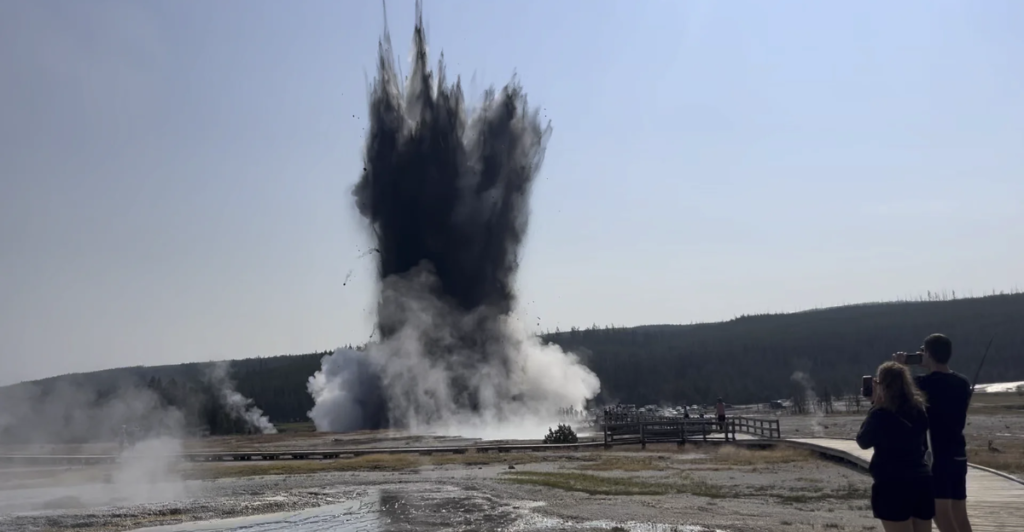
Hydrothermal explosions occur when superheated water beneath the Earth’s surface rapidly converts to steam, causing a violent release of pressure. This process can eject boiling water, steam, mud, and rock fragments over a wide area.
In Yellowstone, these explosions are part of the park’s natural geothermal activity. They are distinct from volcanic eruptions and are not indicative of impending volcanic activity.
Such events, while relatively rare, have occurred throughout Yellowstone’s history, emphasizing the need for ongoing monitoring and research.
Unique Geothermal Features
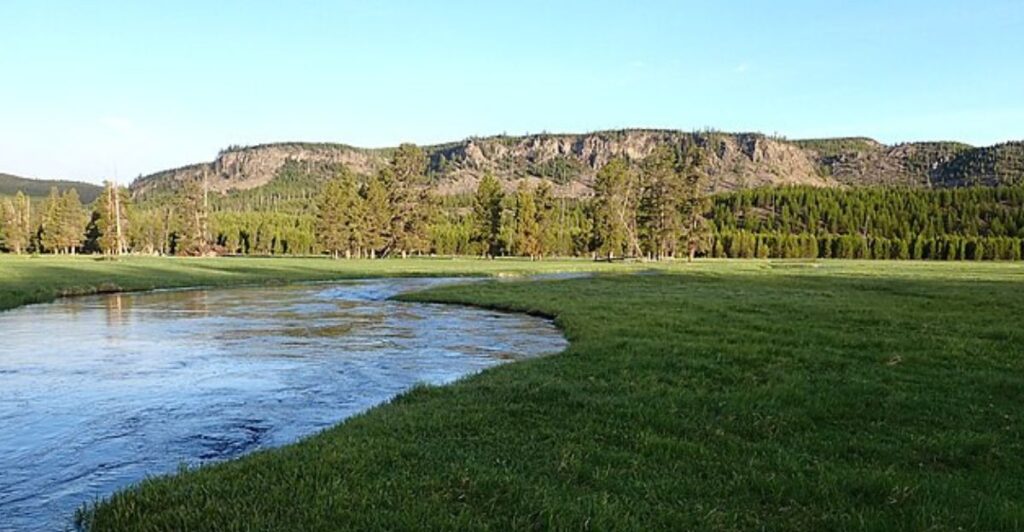
Biscuit Basin is well-known for its myriad of colorful geothermal features. This includes natural attractions such as hot springs, geysers, and sinter terraces.
These features are found along the Grand Loop Road, meaning that guests can get close enough for a good view. It is a popular attraction that contributes to Yellowstone’s tourism. The unique geothermal of the basin stems from shallow hydrothermal systems heated by Yellowstone’s magma chambers underground.
The explosion did have effects on the natural landscape, changing the Black Diamon Pool’s shape and temperature. This event shows nature’s ability to change in unexpected and dramatic ways.
Immediate Response and Area Closure
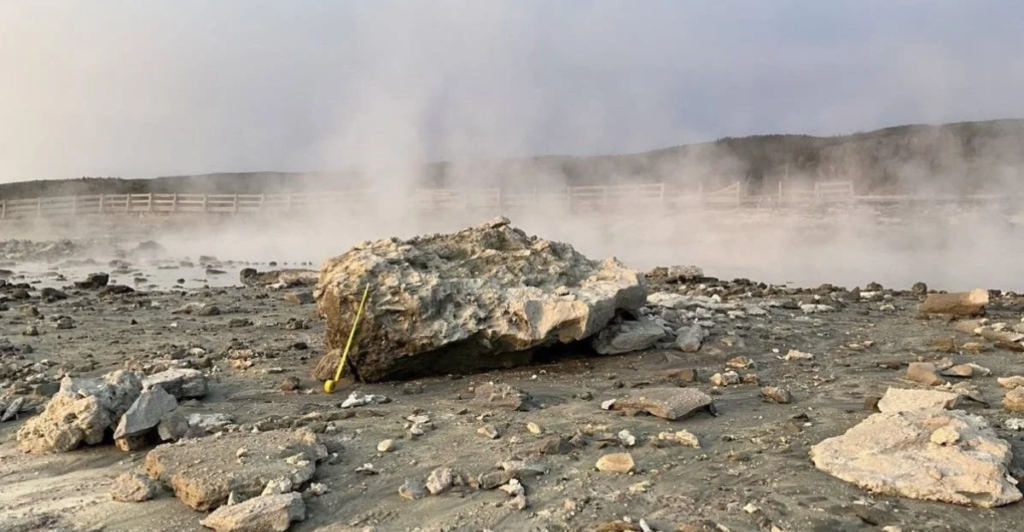
Following the explosion, park authorities swiftly closed the Biscuit Basin area, including the parking lot and boardwalks, to ensure visitor safety. The Grand Loop Road remained open, allowing access to other parts of the park.
Geologists and park staff began assessing the damage, collecting data, and monitoring the site for any further activity. The closure allowed for a thorough investigation and the implementation of necessary safety measures.
Visitors were advised to respect closures and stay informed through official park communications.
Historical Context of Hydrothermal Activity
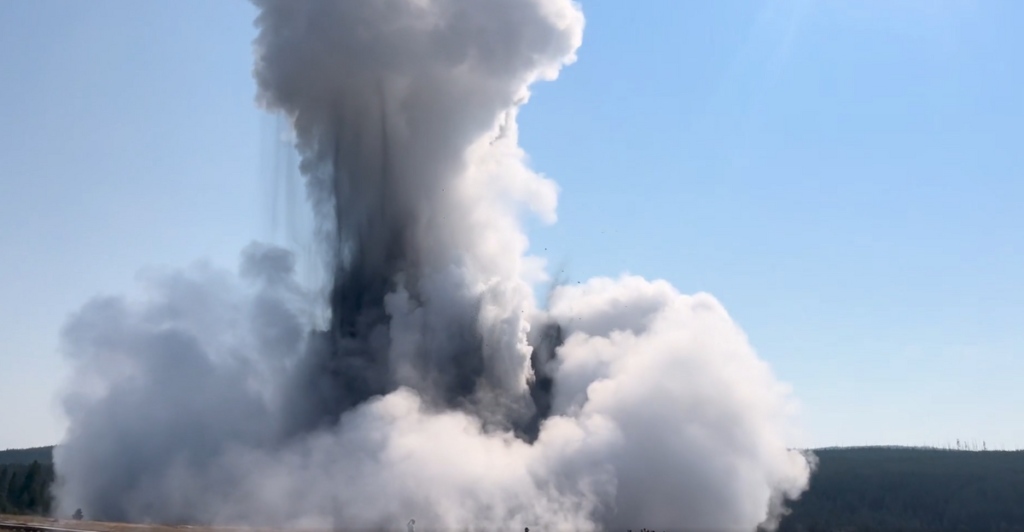
Yellowstone has a history of hydrothermal explosions, with notable events recorded in the past. For instance, the Porkchop Geyser in Norris Geyser Basin experienced an explosion in 1989, and a smaller event occurred in the same basin in April 2024.
These incidents highlight the park’s dynamic geothermal system, which can produce sudden and powerful eruptions. Understanding these events helps scientists predict potential hazards and informs park management strategies.
Continued research is essential to comprehend the underlying mechanisms and mitigate risks associated with hydrothermal activity.
Visitor Safety and Education
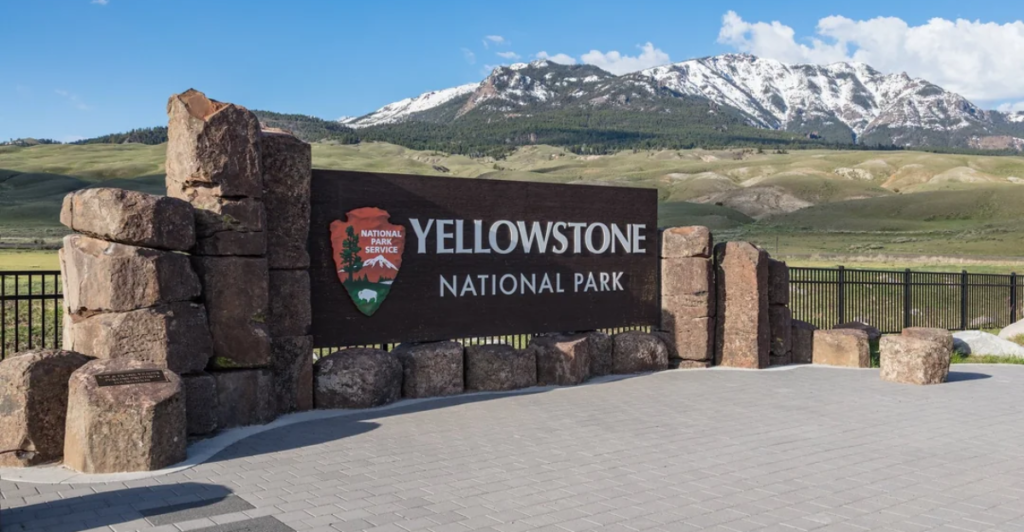
Ensuring visitor safety is a top priority for Yellowstone National Park. The park provides educational materials and signage to inform guests about the potential dangers of geothermal areas.
Visitors are encouraged to stay on designated paths and boardwalks, as venturing off-trail can lead to accidents or exposure to hazardous conditions. The recent explosion serves as a reminder of the importance of adhering to safety guidelines.
By promoting awareness and responsible behavior, the park aims to minimize risks and enhance the visitor experience.
Analyzing The Debris
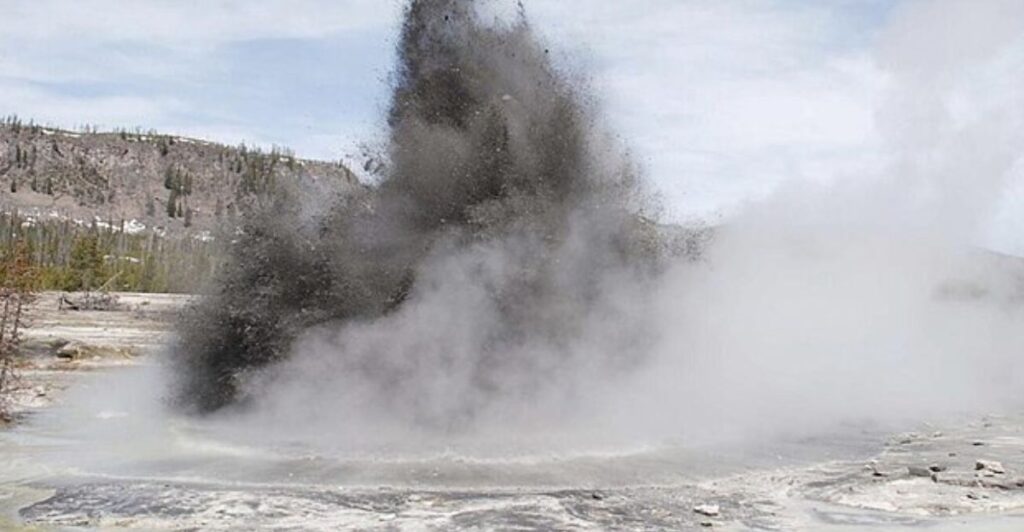
In the aftermath of the explosion, geologists conducted a detailed survey of the debris field. After searching, they managed to find a variety of rocks, from gravel-sized fragments to blocks that were over a meter long. Some of the debris weighed a few hundred pounds.
By analyzing the distribution and composition of the materials, researchers could gain valuable information about the force and depth of the explosion.
Scientists could reconstruct the event by mapping debris locations and analyzing mineral content. This could help them better understand the underground hydrothermal plumbing that contributed to the explosion.
Insights From Monitoring Equipment
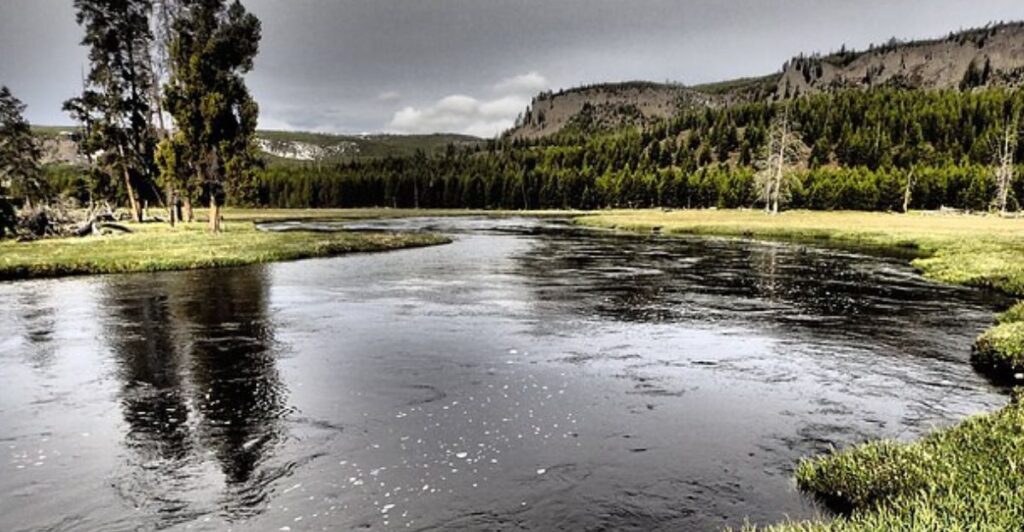
Before the explosion, Yellowstone’s thermal and seismic monitoring equipment had normal readings, meaning there was little to no warning of the explosion. This lack of warning showcases how difficult it is to predict hydrothermal explosions.
In light of these events, scientists have installed new sensors that should be reliable. These new sensors will take data readings immediately and should help to identify any future changes in acoustics or ground temperature, even subtle ones.
This real-time data improvement will help refine future early warning systems and better protect both guests and infrastructure.
Settling
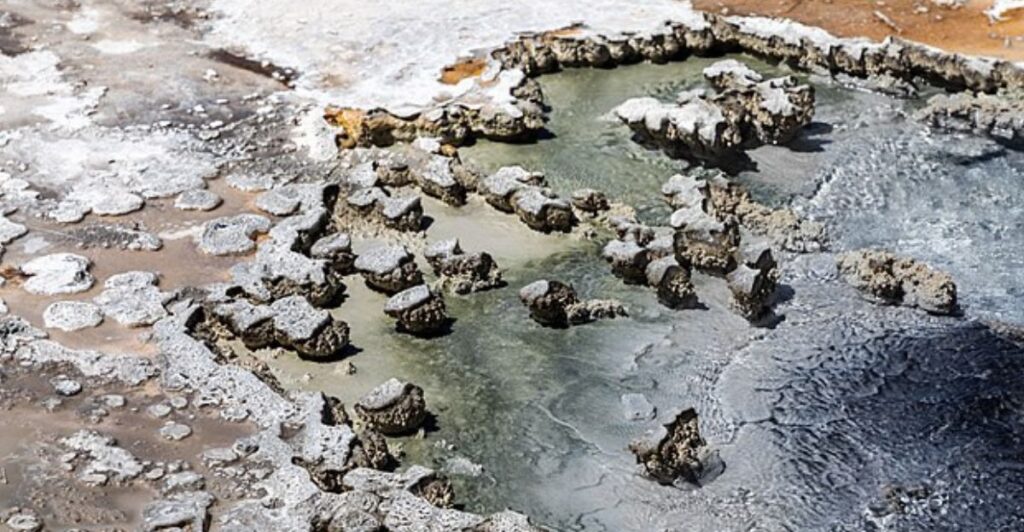
Since the initial explosion, park geologists have observed intermittent small hydrothermal bursts in the region. These small events usually eject mud, small rocks, and steam up to thirty feet in the air.
This activity is expected as the system is adjusting to underground pressures going back to normal after the initial explosion. The system is “settling” as it reaches equilibrium.
These small bursts act as pressure relief valves but can still pose risks. Park officials are keeping a close eye on the region and are monitoring for any more activity. Accident prevention is one of the biggest priorities in the park.
Monitoring and Research Efforts
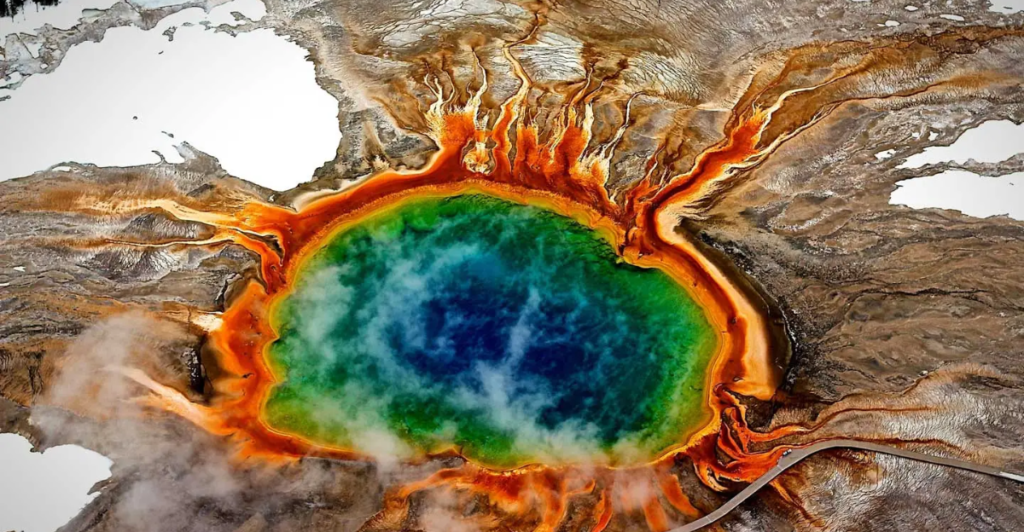
The explosion in Biscuit Basin has started a multi-institutional research effort between a variety of different scientific organizations, all in the interest of gaining deeper insights into the explosion
The Yellowstone Volcano Observatory (YVO), a collaboration between the U.S. Geological Survey and other agencies, plays a crucial role in monitoring the park’s geothermal activity. YVO employs a network of sensors and instruments to detect changes in temperature, seismic activity, and ground deformation.
Field studies, including geophysical surveys, gas sampling, and thermal imaging, are all being conducted to understand more about the explosion.
Data Collection
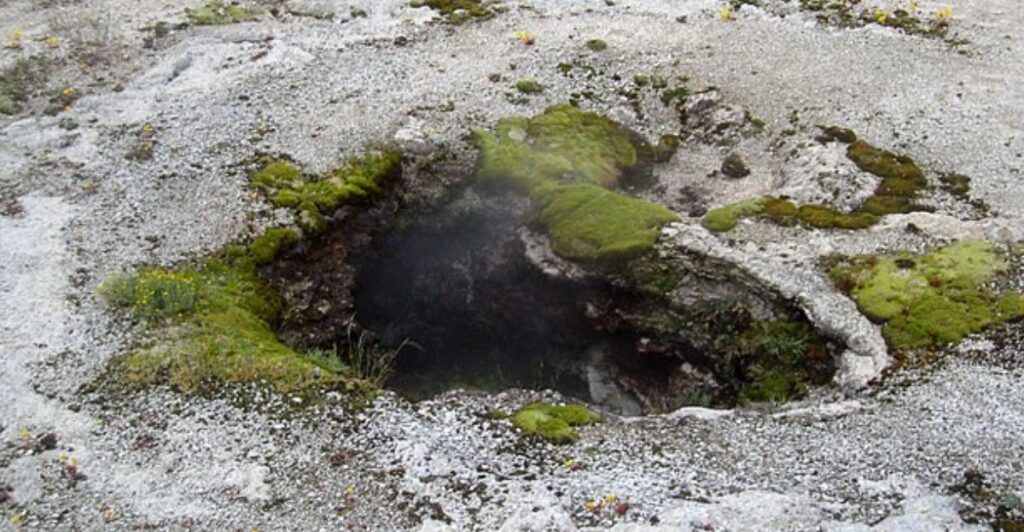
Data collected from these monitoring efforts help scientists understand the behavior of geothermal features and assess potential hazards. In the aftermath of the Biscuit Basin explosion, YVO intensified its surveillance to detect any signs of further activity.
Their research studying the air, ground, and water around the explosion site, even if it is currently limited. With collaborative efforts, scientists can understand what causes these explosions and make the park a safe space for visitors and faculty members.
Ongoing research contributes to the development of predictive models and informs park management decisions.
Environmental Impact and Restoration
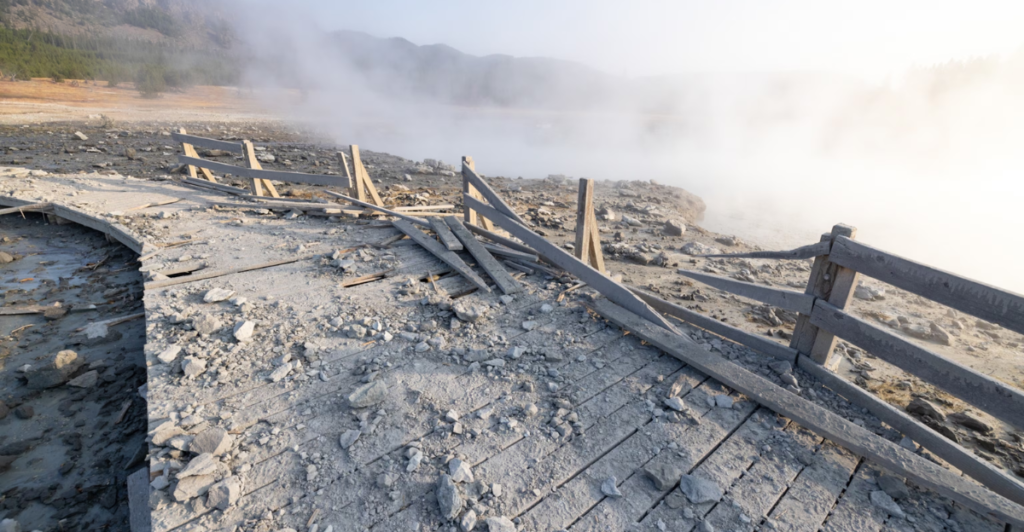
The hydrothermal explosions had enough power to cause significant damage to infrastructure around Biscuit Basin. This knocked debris and created an unsafe environment.
Hydrothermal explosions can significantly alter the landscape, affecting both natural features and man-made structures. The July 23 explosion damaged boardwalks and scattered debris, necessitating cleanup and restoration efforts.
Some parts of the boardwalk were completely destroyed, while others were deemed too unstable to walk on, which meant the area had to be closed. Park maintenance crews quickly got to work assessing the damage to the boardwalk and clearing the debris field, but there have been complications.
Impact On Park Infrastructure
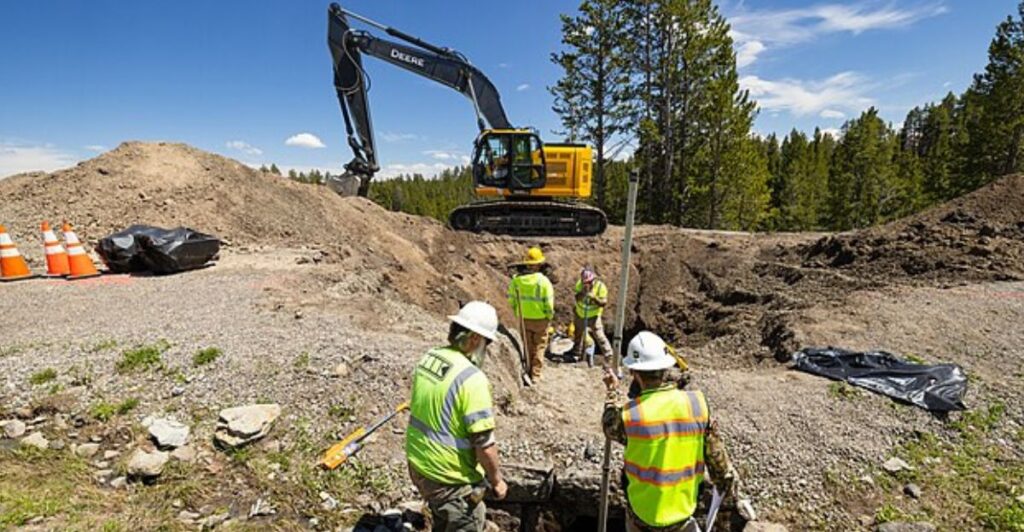
Park staff are working to assess the environmental impact, remove hazardous materials, and asses infrastructure restoration efforts. Future rebuilding aims to preserve the natural beauty of the area while ensuring visitor safety.
Repairs started, with the opportunity being taken to rebuild the infrastructure with stronger materials and improve existing designs to give guests a better, safer view. However, after many months, the area is still closed.
The incident underscores the delicate balance between preserving natural wonders and providing public access.
Closure
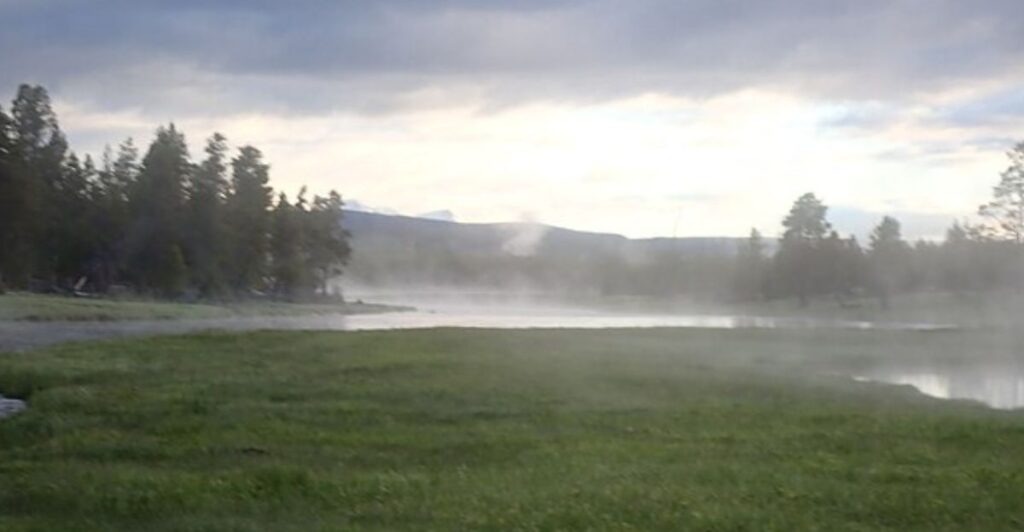
Months after the explosion impacted existing infrastructure, Biscuit Basin and the parking areas nearby have remained closed off to the public. Currently, the area has remained closed indefinitely due to safety concerns regarding the geothermal activity.
The National Park Service is still monitoring the area and has not made a statement about a specific reopening date. Repairs and maintenance have been on hold until the area is deemed safe.
Visitors aren’t the only ones that have been shut out of the area, with scientific research in the basin also being limited. The prolonged closure highlights the priority for safety above economic gain.
Implications for Park Management
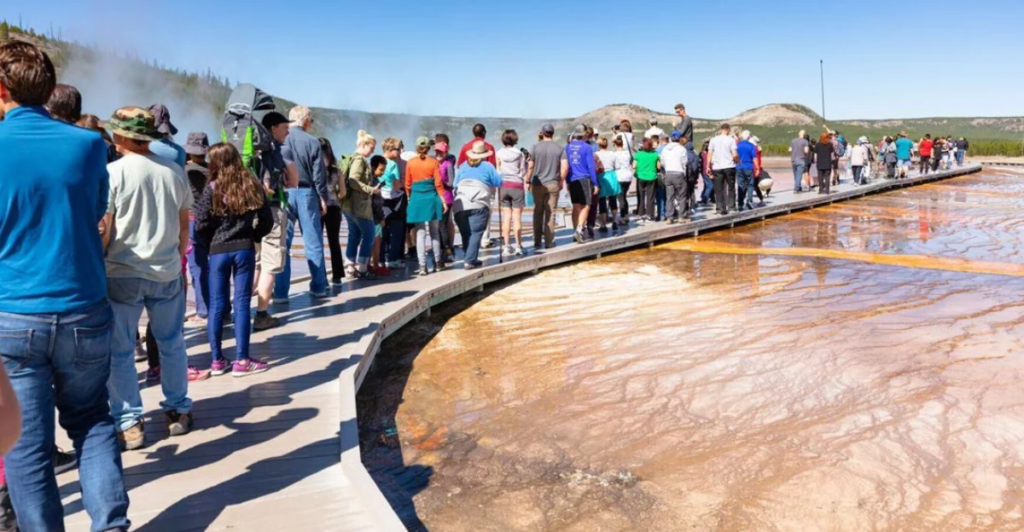
The Biscuit Basin explosion highlights the challenges of managing a park with active geothermal features. Park authorities must balance visitor access with safety considerations, often making difficult decisions about closures and restrictions.
The event may prompt a reevaluation of current safety protocols and infrastructure design to better withstand such occurrences. Engaging with scientists and incorporating the latest research is vital for informed decision-making.
Proactive management strategies are essential to address the evolving nature of Yellowstone’s geothermal landscape.
Embracing Yellowstone’s Dynamic Nature
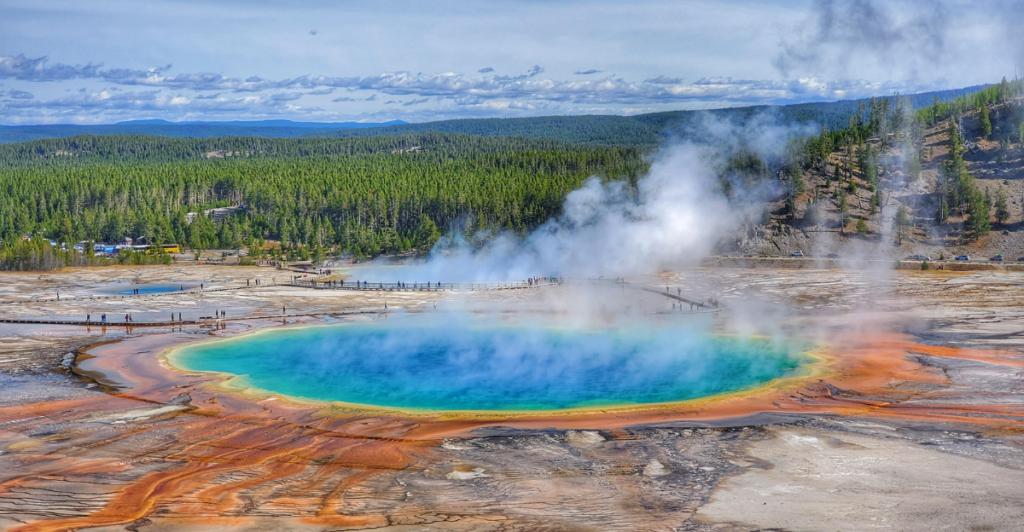
Yellowstone National Park is a testament to Earth’s geothermal power, offering visitors a front-row seat to a landscape in constant motion. The July 23 hydrothermal explosion was a dramatic, but not entirely unexpected, reminder that nature doesn’t run on a schedule.
These events can be alarming, but they also deepen our respect for the geological forces beneath our feet. With continued monitoring and thoughtful management, Yellowstone remains both a safe destination and a living science lab.
In the months after the explosion, park officials have worked hard to ensure that the public isn’t left out of the loop through a variety of communication efforts.
Keeping The Public Informed
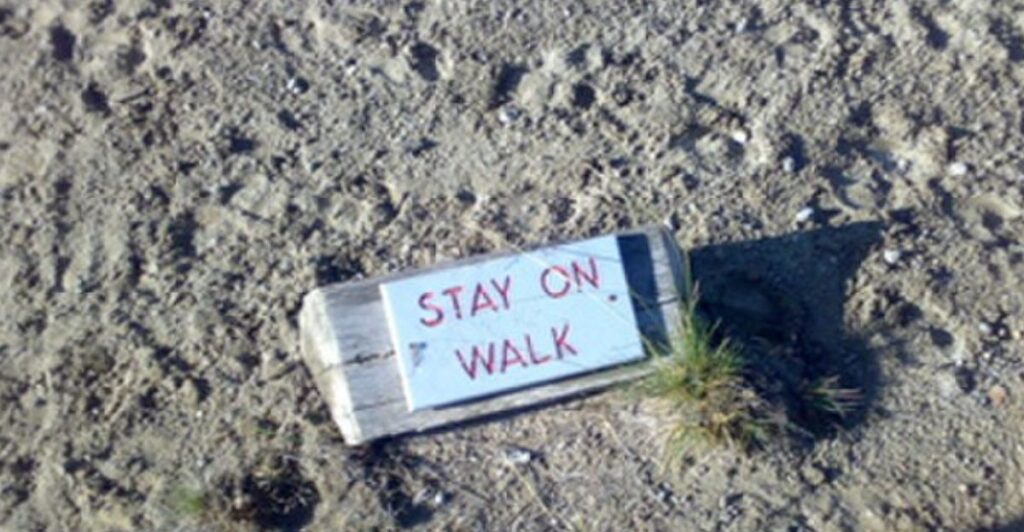
After the explosion, the park has remained committed to keeping guests and the public informed about the details of the event and its safety measures.
To share any developments, they have used social media, news releases, and signs in the park. This helps set expectations for the public and gives them insight into why the area has remained closed for so long and what to expect going forward.
Keeping the public informed helped to mitigate accidents by reminding those visiting the park to avoid closed areas and respect warning signs. This policy helps to keep public trust and keep people safe.
What We’ve Learned
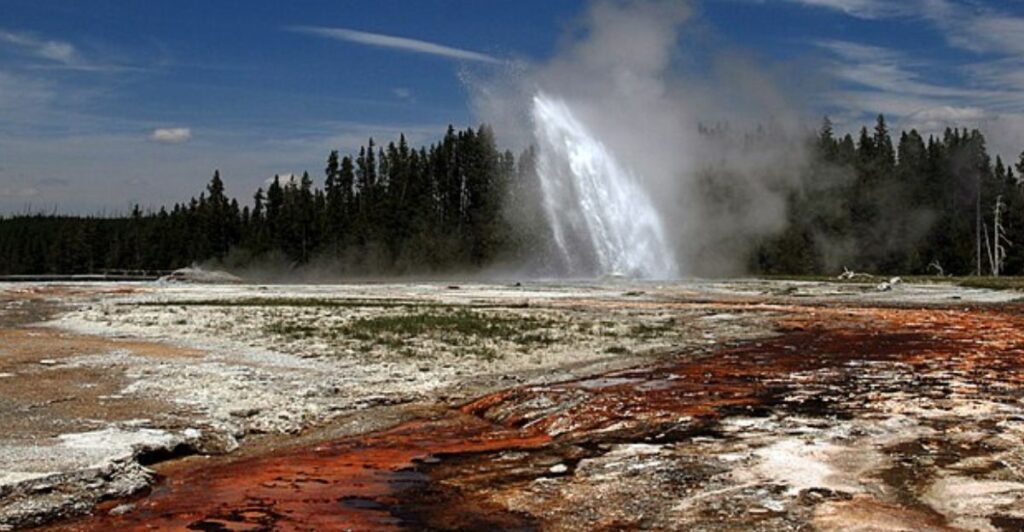
Approaching a year after the explosion, it has taught the park important lessons with regard to safety and emergency planning. The event has prompted officials to review how they warn visitors of dangers and how to respond to unexpected emergencies.
More signs are being added, safe zones are being broadened around geothermal features, and staff are being trained to act quickly in these situations.
These lessons have contributed to making the park a safer environment for visitors and staff. Geothermal monitors have also been improved, meaning there should be more of a warning if this event repeats itself.
A Unique Opportunity
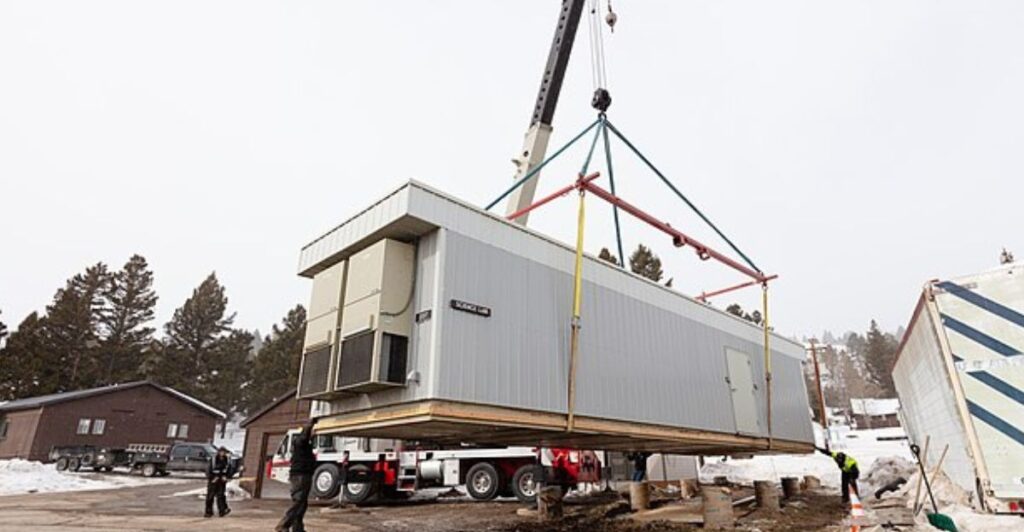
The explosion has not only prompted better safety and communication in the park but has also created a unique and important opportunity for scientists to learn more about hydrothermal explosions, which are a rare occurrence and are difficult to study.
If they can successfully learn from this event, they may better understand how underground water and steam build up, causing explosions.
From studying this event, they could better predict similar events in Yellowstone and other places with geothermal activity. Yellowstone continues to be a natural wonder and laboratory where we can watch Earth’s powerful experiments at work.
Explore more of our trending stories and hit Follow to keep them coming to your feed!

Don’t miss out on more stories like this! Hit the Follow button at the top of this article to stay updated with the latest news. Share your thoughts in the comments—we’d love to hear from you!







